Idealism and Curriculum:
Since the aims of education according to idealism are to produce an “ideal man”, so, while forming a curriculum, idealists attach more importance to thoughts, feelings, ideals and values than to the child and his activities. These ideals already exist in the world, only man has to discover them through the aid of education. They want to give to the children such knowledge as is of permanent value. Therefore curriculum has to be such that it should enable the child to discover those ideals and then to achieve the ultimate aim.
“Now a man to be most truly and characteristically human must enter into this heritage of his, re-acquiring and re-creating to the common culture for himself and if, possible, adding something to the common stock”.
“According to idealists education must make available to each child vivid acquaintance with the created order of God, human history, cultural heritage and the spiritual heritage…….Culture, Art, Morality, History, Philosophy, and Religion are the results of the revelation of the mind. They are the results of human experiences. Their study therefore will lead us to the heart of things”.
Plato was of the opinion that the curriculum should be formed from the point of view of ideas.
Plato said that the highest idea or thought is to attain the highest good- ultimate truth- God. Therefore, the curriculum should be such as to develop such qualities in a man, by the grace of which he may attain the highest goal, that is God. Plato also discussed the spiritual values that are according to him, truth, beauty and goodness. There three fundamentals or values are followed by three “Types of human activities”. Truth is followed by intellectual, beauty by aesthetic and goodness followed by a moral activity. In this way, Platonic idealism was more metaphysical while Kantian idealism was more epistemological. Now all the three activities given by Plato are represented by separate studies. Intellectual activities require the subjects to study as languages, literature, science, mathematics, history and geography. Aesthetic activities require art and poetry and the last, moral activities are represented by the study of religion, ethics and metaphysics.
But Ross advocates two types of activities- Physical activities and spiritual activities. In the curriculum construction, one must think over these activities. Physical activities are needed as the subjects of study to foster “bodily skill” and physical make-up. Subjects such as health, hygiene, gymnastics and athletics may help us in achieving this end of physical development. On the other hand, spiritual activities imply intellectual, aesthetic, moral and religious studies. Under these studies, subjects such as history, geography, languages, fine arts, morality, ethics, religion, science, mathematics etc. should be included for study in the curriculum.
Sir Percy Nunn has described those activities which should be at the base of curriculum construction. These activities and the grand expressions of the human spirit” Sir Nunn has divided these activities into two categories. In the first category, the activities aim at fostering health, bodily grace, manners, morals and religion. These ends can be achieved through the inclination of physical education, gymnastics, morals, science and religion etc. The “Framework of civilization” is the aim of the activities of the second category. These activities consist of literary, aesthetic and general activities. Science, music, handicrafts, history, geography and mathematics can be taught to achieve the end of the “framework of civilization”.
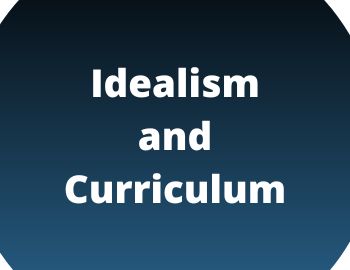
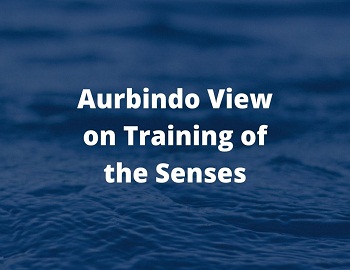
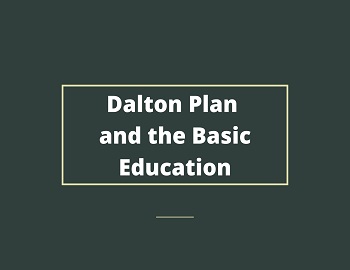

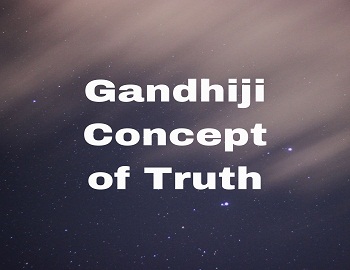


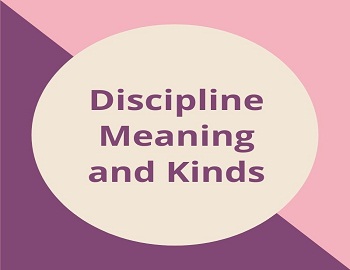
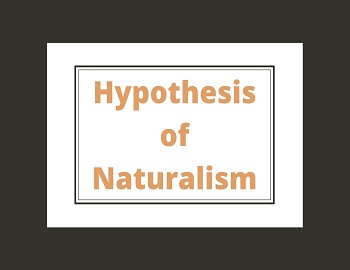
Comments (No)